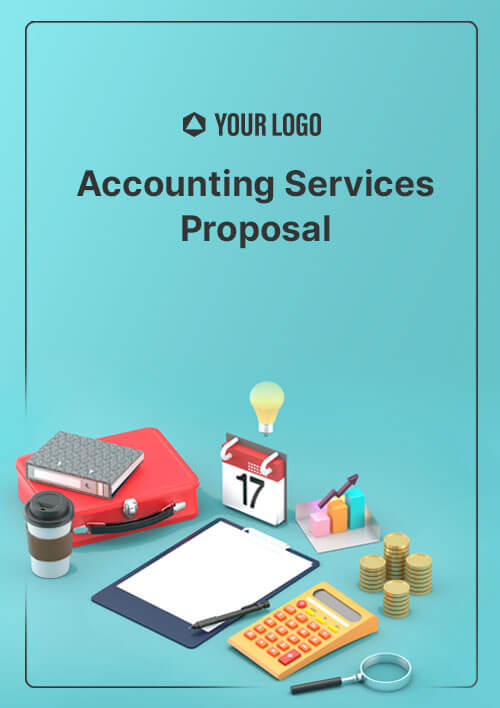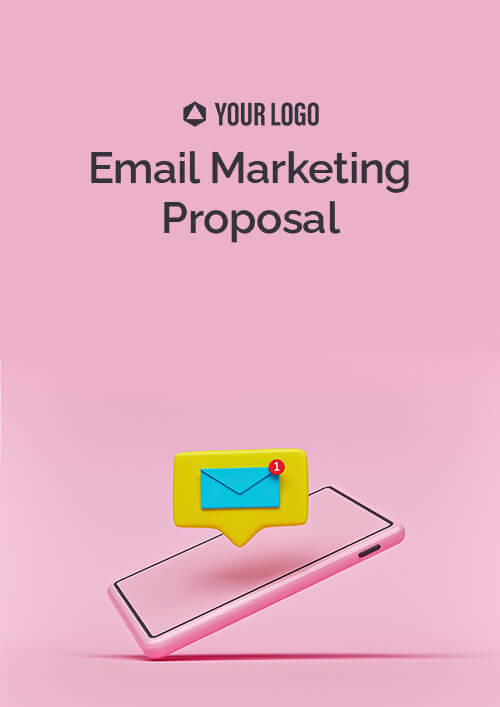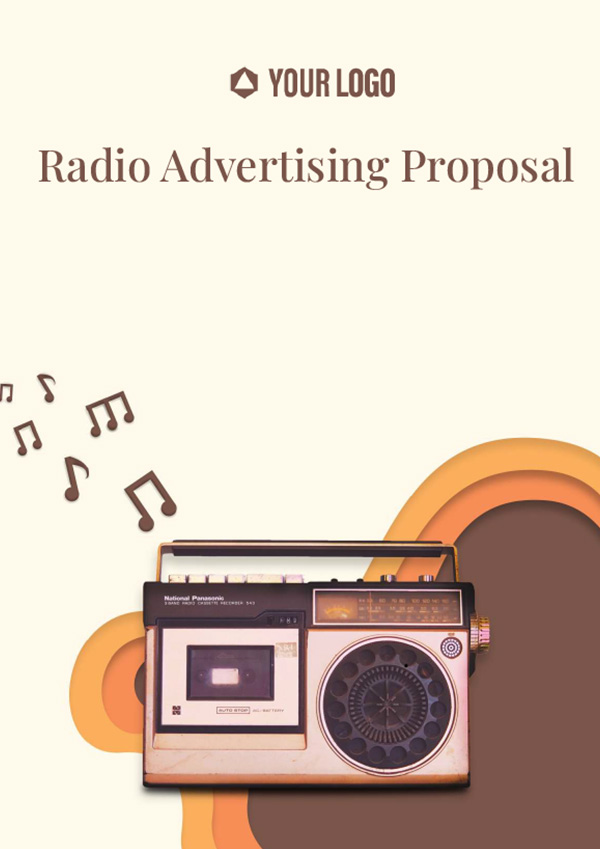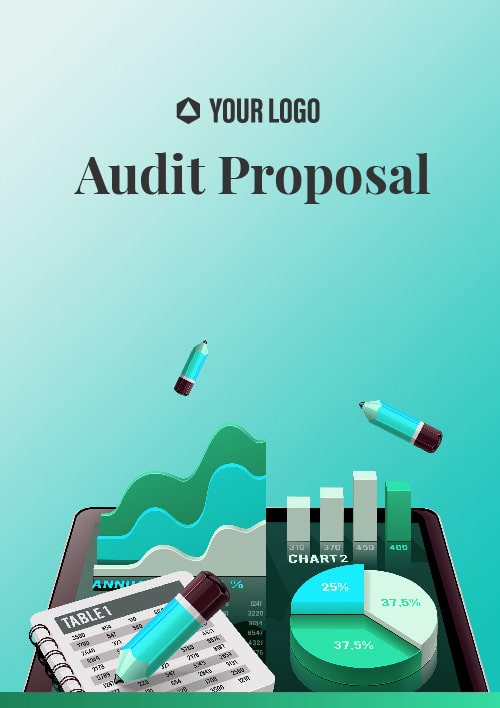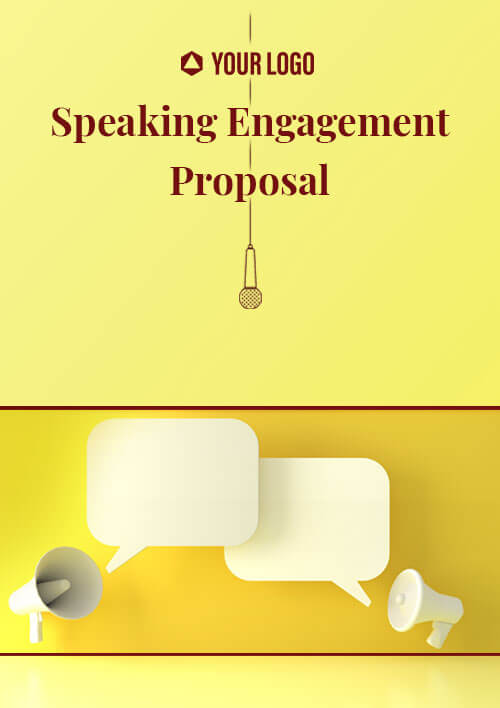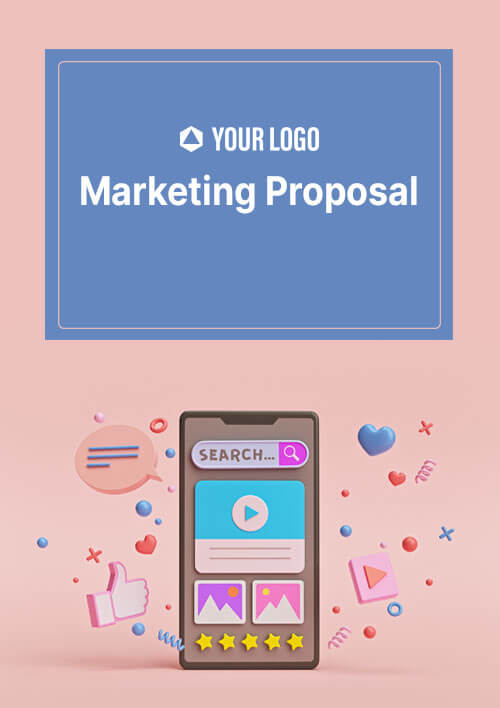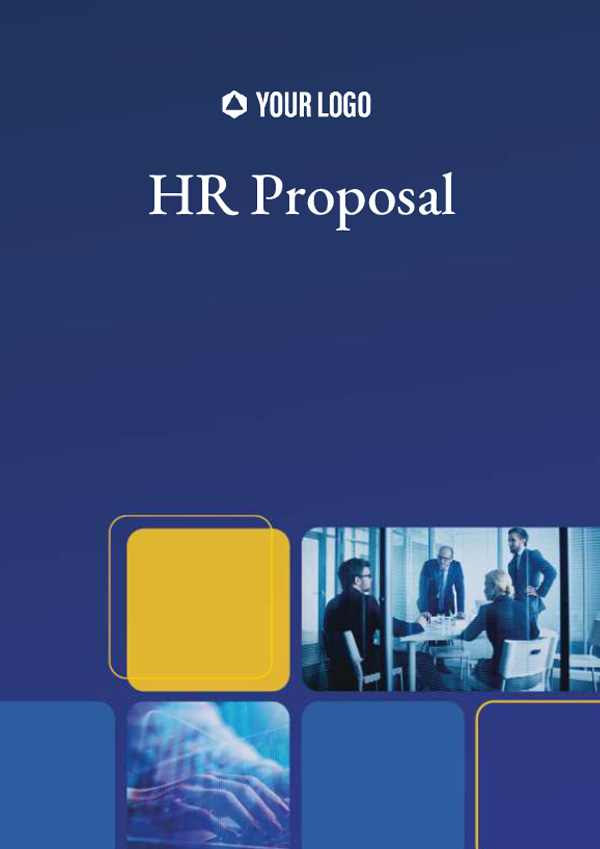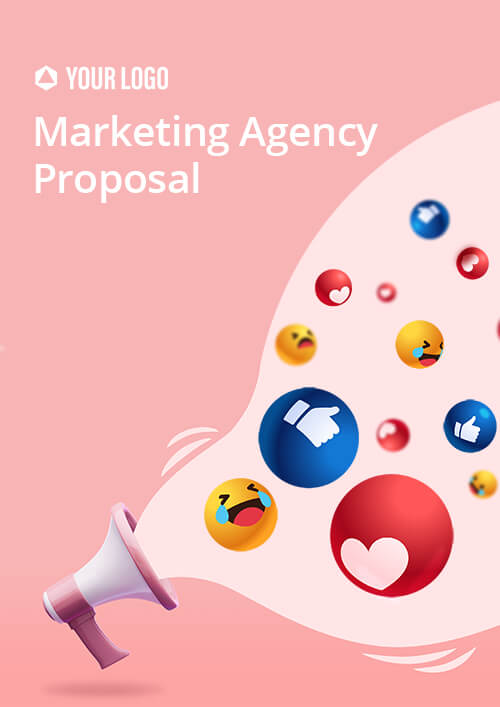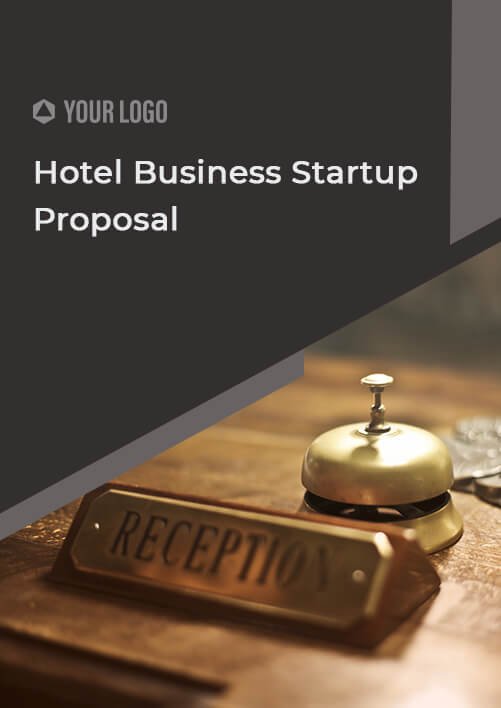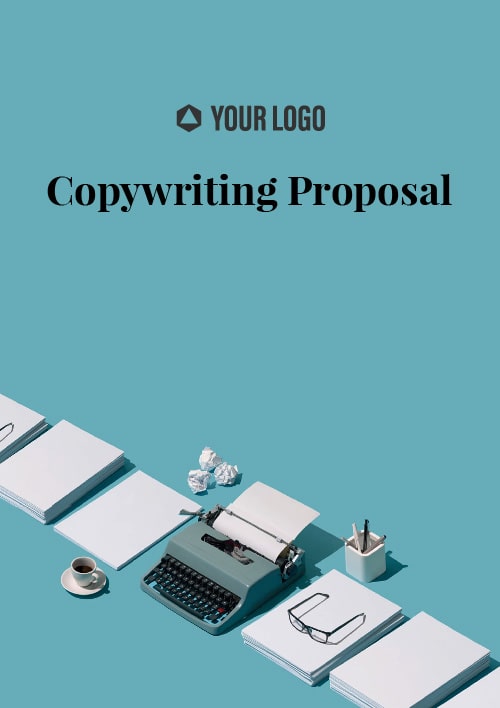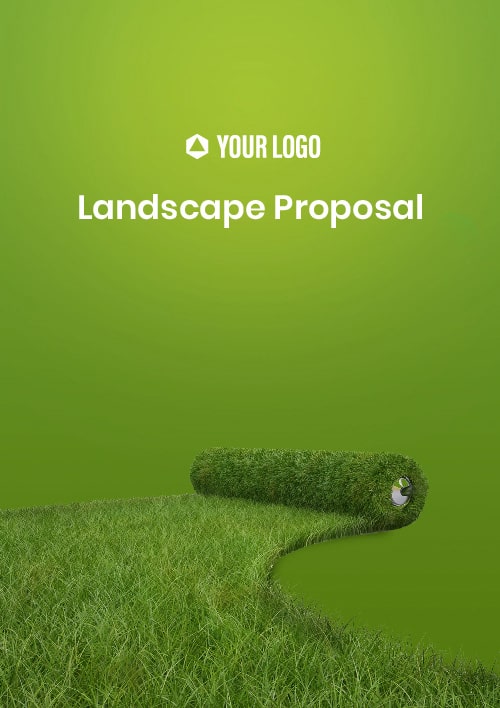Empty space
1x
2x
3x

Grant Proposal Standard
Empty space
1x
2x
3x
Prepared for:
[Grantor]
Prepared by:
[Company]
Empty space
1x
2x
3x
Grant Proposal - Standard
Grant Proposal - Standard
1. Introduction
1. Introduction
Thank you for considering [Company] for a grant of [Grant Amount] for our project of [specify the project].
Our project will allow us to:
- [objective 1]
- [objective 2]
We can achieve these objectives only from the gracious support and donations from supporters like you.
[Company] is one of the top companies in the field of [Industry] and we have been serving our clients since [Establishment Year]. We value our customers and offer [specify the service offered] to [mission of the company].
The dedication and commitment we have towards achieving our goal and providing the best of our services is what drives us and sets us apart from the crowd. With this Grant Proposal, [Company] seeks your help so as to continue helping our customers in the most efficient way.
Thank you in advance for your support.
About Us
About Us

[Company] was founded by [Founder Name] to address the problem of [specify the problem] in [Year]. We are specialized in [specify your services].
Backed by a proven track record of success, [Company] has over [number of employees] employees serving more than [number of clients] clients around the world with headquarters in [location]. We commit to providing exemplary services to our clients in a timely efficient manner.
2.1. Mission and Vision
2.1. Mission and Vision
We are a set of highly motivated individuals who thrive on our Company's mission of [Company Mission] and we consistently strive to achieve our vision of [Company Vision].
2.2. Our Team
2.2. Our Team
We believe that extraordinary things happen when great people work as a team. Our leadership team brings a vast amount of knowledge and experience with them to drive forward our mission.


[CEO Name]
CEO, [Company]
[Number]+ Years of Experience in [Industry]
[Chief Operations Officer Name]
Chief Operations Officer [Company]
[Number]+ Years of Experience in [Industry]
2.3. Success Stories
2.3. Success Stories
[Company] has worked on similar projects in the past and has successfully [mention the goals achieved]. Here is the list of some projects where we have successfully accomplished our objectives:
[Project 1]
[Project 1]
- [List achievements]
[Project 2]
[Project 2]
- [List achievements]
3. Problem
3. Problem
As the [Industry name] industry is evolving continuously, our clients' needs from the [Industry name] market is substantially growing too. In recent years. our company is trying very hard to solve the problem of [specify the problem]. But we lack the resources to address the problem.
If we receive the amount of [Grant Amount], we can make a major difference with our expertise and experience in [industry name].
Empty space
1x
2x
3x
4. Goals of the Project
4. Goals of the Project
This project will allow us to acheive below mentioned goals:
[Goal 1]
[Goal 2]
Empty space
1x
2x
3x
5. Objectives of the Project
5. Objectives of the Project
As [Company] our objectives towards this project has been derived with the ambitious goal of this project.
[Objective 1]
[Objective 2]
We will ensure that theabove mentioned objectives are achieved with no compromise in the quality.
Empty space
1x
2x
3x
6. Methods and Strategies
6. Methods and Strategies
Once the fund is secured, our company will immediately work towards the progress of [Project Name].
[Explain your plans and strategies in a detailed manner to achieve the goals and objectives.]
7. Plan of Evaluation
7. Plan of Evaluation
[This section describes how you will evaluate your project on an ongoing basis to make sure that the money is being used effectively and also the milestones are regularly updated to the Grantor].
Empty space
1x
2x
3x
8. Funds Required
8. Funds Required
For the rightful implementation of [Project Name] as per the objectives and strategies that we have discussed earlier in this document, we would like to present an approximate cost breakup mentioning its purpose.
Hereunder we presented the mentioned cost estimation:
Cost Element | Amount |
Labor | $[0.00] |
Equipment | $[0.00] |
Suppliers | $[0.00] |
[mention any other cost element] | $[0.00] |
TOTAL (Inclusive of Tax) : $[00.00]
Empty space
1x
2x
3x
9. Timeline
9. Timeline
ACTIVITY | START DATE | END DATE |
Securing of Fund | [Date] | [Date] |
[Solution] | [Date] | [Date] |
[Activity/Stage] | [Date] | [Date] |
Execution of Mission | [Date] | [Date] |
Terms and Conditions
Terms and Conditions
- Privacy Policy: All the information received by the [Company] from the [Grantor Name] 's registration will be used in accordance with the [Company]'s Privacy Policies, as mentioned below:
- On registration, the [Company] shall require the [Grantor Name] to provide their accurate and complete information on the stated compulsory fields in documents that shall be further communicated upon acceptance of this proposal.
- The [ Company] shall also require the [Grantor Name] to keep the information secure, specifically the access information regarding passwords and payment details.
- The [Grantor Name] shall ensure that their account is regularly updated to stay active.
- The [Company] shall rely on any information provided by the Client.
- Cancellation: The [Company] reserves the right to suspend or terminate [Grantor Name] 's subscription if any breach of the terms and conditions of this document is found, or for reasons beyond control, with or without any notice and without any further obligation towards the Client.
- Third-Party Rights: The [Company]'s website may contain and put forward website links of independent third parties (referred to as "Third Parties"), upon mutual consent, for any online or mobile promotion, including websites of their advertisers and sponsors (referred to as "Third Party Sites"), either directly or through frames.
- Warranties: If any provision of these terms and conditions is found to be invalid by any court having competent jurisdiction, the invalidity of that provision will not affect the validity of the remaining provisions of these terms and conditions, which will remain in full force and effect. Failure by either [Company] or [Grantor Name] to exercise any right or remedy under these terms and conditions does not constitute a waiver of that right or remedy.
Acceptance and Signature
Acceptance and Signature
This document is executed by the duly authorized representatives of the [Company] and [Grantor Name] as set forth below:
[Grantor]
[Company]
Signature
Assign signer 1
Name
Assign signer 1
Date
Assign signer 1
Signature
Assign signer 2
Name
Assign signer 2
Date
Assign signer 2
Empty space
1x
2x
3x
THANK YOU
THANK YOU
Empty space
1x
2x
3x
DISCLAIMER: Revvsales, Inc is not a law firm. The content provided herein is for general information purposes only, and does not constitute legal advice. Revvsales, Inc and its partners make no representation or warranty of any kind, express or implied, regarding the accuracy, adequacy, validity, reliability, availability, or completeness of any information mentioned hereunder. The use or reliance of any information contained herein is for your personal use and solely at your own risk. You agree to fully release and indemnify Revvsales, Inc from any liability associated with the use of this content. You are advised to obtain independent legal advice before taking or refraining from any action on the basis of the content provided here.
DISCLAIMER: Revvsales, Inc is not a law firm. The content provided herein is for general information purposes only, and does not constitute legal advice. Revvsales, Inc and its partners make no representation or warranty of any kind, express or implied, regarding the accuracy, adequacy, validity, reliability, availability, or completeness of any information mentioned hereunder. The use or reliance of any information contained herein is for your personal use and solely at your own risk. You agree to fully release and indemnify Revvsales, Inc from any liability associated with the use of this content. You are advised to obtain independent legal advice before taking or refraining from any action on the basis of the content provided here.




